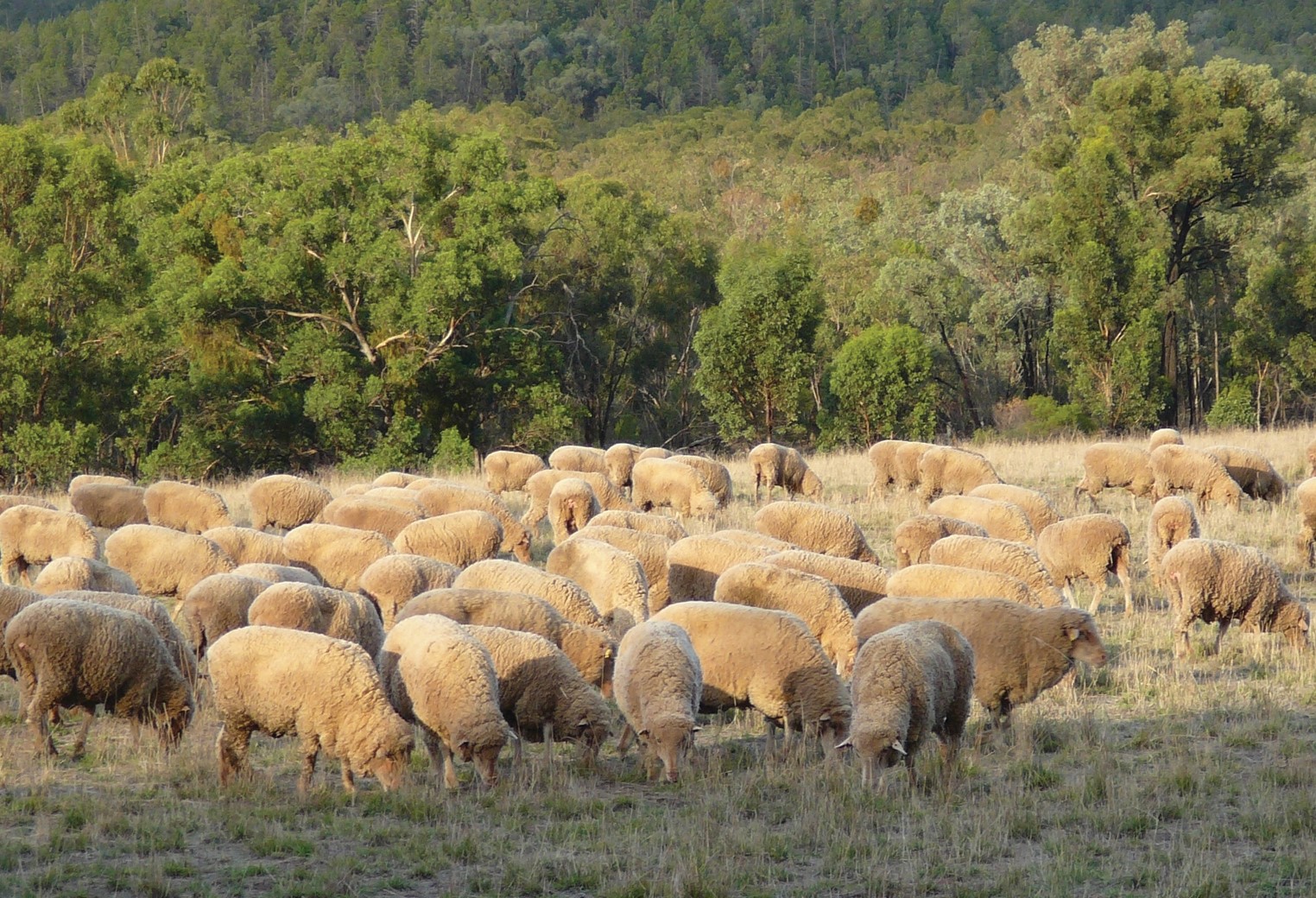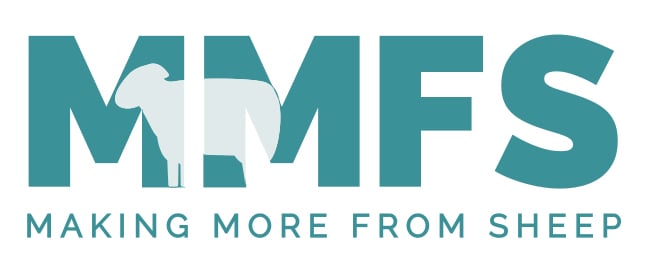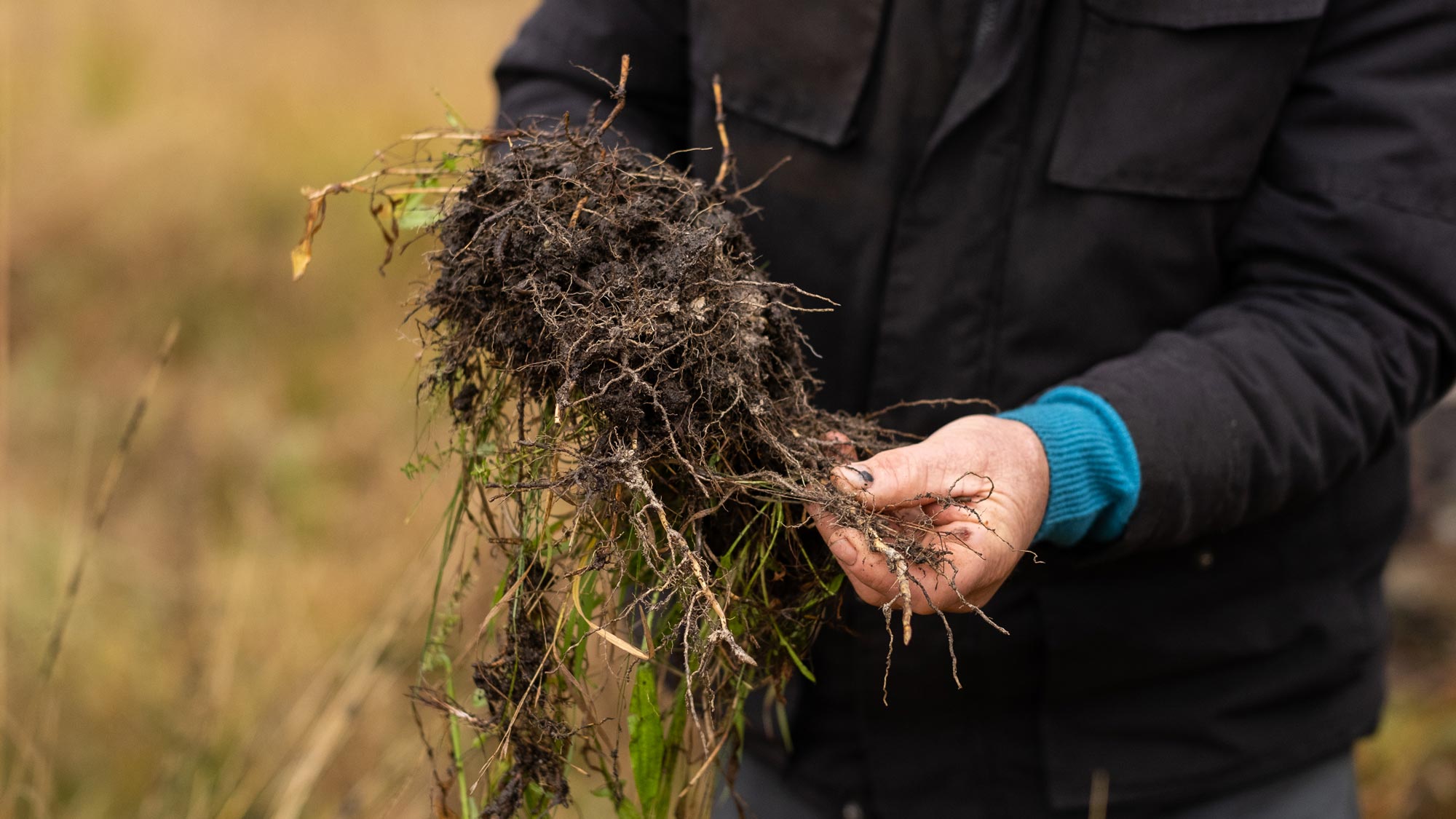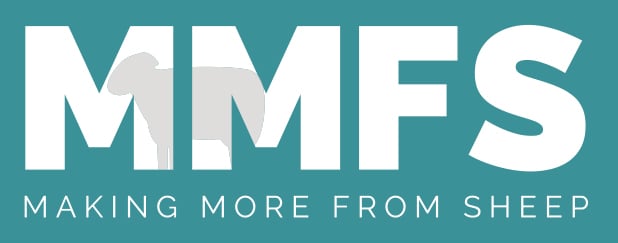Chapter 7.3 Establish new pastures
Background information
While numerous studies have shown that sowing introduced pastures can be profitable, the exercise is highly sensitive to factors such as: how successful the establishment is; the life of the pasture; what increase in stocking rate or livestock production per hectare is obtained; the gross margin of the enterprise; and the cost of purchasing extra stock to eat the extra feed. A worked example of the factors you might include in a decision to increase pasture production and animal output, is given in tool 1.12 in MMFS Module 1 Plan for Success.
At a glance
- Assess your pastures to determine if the existing species are limiting pasture growth and quality
- Weigh up the benefits, costs and risks of sowing new pastures and prepare a developmental budget before spending large amounts of capital
Introduction
Different land classes and production systems (e.g. permanent pasture versus pastures in rotation with cropping) require different species mixtures. A practical way of combining soil and paddock information is presented as tool 6.1 in MMFS Module 6 Healthy Soils. Use tool 6.1 to assess the most appropriate pasture system for each area of the farm.
If there is a reasonable base of desirable species present, it is always cheaper and easier to use the grazing management practices outlined in chapter 7.2 to strengthen your existing pastures, rather than sowing a new pasture.
The aim of this procedure is to help sheep producers establish a new pasture in paddocks where there are insufficient desirable species present. This will require greater intervention.
While some clovers or medics and desirable annual grasses (e.g. annual ryegrass) can volunteer in pastures in many regions if conditions are right. They are unlikely to be as productive as sowing a pasture mix well suited to the soil and rainfall conditions.
Introducing new species and cultivars can involve a large capital expenditure, typically $200 – $400/ha, depending on sowing method and inputs required. The main reason for poor establishment of new pastures is lack of prior weed control, insect attack (e.g. slugs), poor seed depth control or poor timeliness of operations. Sowing new pastures is often done infrequently and conditions at sowing are never the same from one year to the next so it’s important to have a plan to reduce establishment failure. It can also be a risky exercise, particularly in regions where introduced perennial grasses, and even annual legumes, struggle to persist due to harsh or highly variable climatic conditions or soil.
The focus in this procedure is on establishing and managing permanent pastures. There are many different issues to be considered in selecting, establishing and managing pastures in cropping rotations, such as control of pests, diseases and herbicide resistant weeds or nitrogen (N) fixation for following crops. These factors often influence pasture selection and management more than the potential for animal production.
Assess your pastures to determine if the existing species are limiting pasture growth and quality. A number of pasture assessment techniques are described in tool 7.6.
- Identify desirable perennial grass plants (tool 7.6). If there are some perennial grasses present, you might be able to improve their size, vigour, density and growth rates to the extent that you may not need to sow more plants. As a rule of thumb, if you have 5–10 phalaris, cocksfoot or fescue plants per m2 or 10‑15 perennial ryegrass plants per m2, you have an opportunity to use grazing to improve the perennial content of the pasture.
- Similar benchmarks likely apply to native perennial grasses but there is no way to economically re-sow these pastures (due to the historically slow and poor germination rate of native pastures) and therefore grazing management is the only option. Note: Replacing native species with introduced pastures is restricted by native vegetation protection legislation in some regions. Check with your regional natural resource management authority (see chapter 5.3 signposts in MMFS Module 5 Protect Your Farm’s Natural Assets) before attempting to replace native pastures.
For sowing new pastures, the following three steps are critical to ensure the investment is profitable.
Ensure establishment succeeds the first time
Prepare for sowing at least 1-2 years before the proposed sowing date by starting weed control to reduce seed burden. This is critical to success and can involve numerous operations for weed clean up. Identification and an understanding of lifecycle and seed longevity of problem weeds is important for planning. Annual weeds with short seed dormancy (seed survives for less than 3 years, e.g., capeweed, barley grass) are easier controlled than perennial weeds with extensive root systems (e.g., bent grass, sorrel) or weeds with bulbs (e.g., onion grass, oxalis).
Commonly used weed clean up strategies include spray grazing, winter cleaning, spray topping, selective herbicides or use of summer fodder crops. Cropping can provide more additional herbicide and weed control options.
Building soil fertility and lime application should be considered in the preparation phase.
Choose species and cultivars that are well suited to the land class/soil conditions and the rainfall pattern/reliability, i.e., tried and proven in your local area. The ‘right plant for the right place’ mantra applies and allows selection of species to match environmental conditions and ones that are suitable to the stresses that are likely to be encountered (e.g., drought, waterlogging or acidity). Consult with local advisors and use the MLA Pasture Trial Network (PTN) variety selection tool to search for local variety testing. There is a wealth of information on this topic. Sources relevant to different states/regions are listed in the signposts.
Direct drilling (spray and sow) is a proven, reliable technique for establishing pastures for all regions, but is especially suitable in the high rainfall/permanent pasture zone. In the sheep-wheat zone, undersowing can be effective in lowering the cost, although competition from the crop usually results in poor establishment of less vigorous pasture species and is therefore not recommended. Refer to the signposts for more information on pasture establishment methods.
Ensure the desirable species persist
The longer a pasture lasts, the more likely it is to be profitable. For long term perennial pastures, strategic use of fertilisers and appropriate grazing management (see chapter 7.1 signposts and chapter 7.2 signposts) can help pastures persist almost indefinitely in the high rainfall zone (above 600 mm of annual rainfall). Different rules and expectations apply to short-term pastures sown in rotation with crops, but the benefits in livestock production and grain yields still have to outweigh the costs.
Short-term or special-purpose pastures (e.g., cereals, brassica, chicory, plantain or legumes) have a role in filling specific feed gaps but also as a way to clean up weeds prior to resowing a new perennial pasture. The short-term nature of many of these pastures means that substantial increases in livestock production per hectare (higher stocking rate or heavier lamb turn-off weights or savings in supplementary feed) are required to make sowing the pasture profitable.
Increase livestock production
Pasture introduction cannot increase returns by itself. The value has to come from turning off more wool or meat per hectare or increasing the value of the product. In many cases, the investment in the extra animals needed to utilise the increase in pasture will be greater than the investment in the pasture itself. An additional investment in improved management skills may also help ensure a strong profit flow from an investment in pasture establishment.
Feed supply can be varied to meet animal demand by introducing new pasture species at critical times, increasing pasture growth as described in this module, or through better alignment of animal demand with pasture supply (see chapter 8.3 in MMFS Module 8 Turn Pasture into Product).

SIGNPOSTS
Read
Covers all aspects of sheep farming for meat and wool production throughout temperate Australia, and chapter 2 is titled ‘Pasture growth and management’.
Reliable establishment is vital to ensure high levels of production and longevity from perennial pastures. Perennial pasture seeds are generally small with seedlings that are delicate and slow growing compared to most crops and many weeds. Greater care and attention to detail is therefore necessary to establish perennial pastures successfully.
Access factsheets sorted from A-Z on common commercially available pasture species.
Information on over sixty species of pasture – temperate and tropical legumes and grasses, pasture herbs and forage shrubs.
In NSW, sub clover species are grown in areas receiving as little as 375 mm average annual rainfall in the south of the state, to those receiving more than 1000 mm in the north and is now grown on over 7.7 million hectares of agricultural land in NSW. Given its spread, choosing the right variety is critical.
Pasture establishment requires good planning and preparation to have a high chance of success. This site covers many of the key issues, from site selection to herbicide use.
Subterranean clover is a grazing tolerant annual pasture legume sown over eight million hectares in WA in areas ranging from 275 to 1200 millimetre (mm) annual average rainfall, so choosing the right variety is critical.
The establishment of sub-tropical grasses in WA has improved dramatically in the past few years. Major contributing factors have been furrow sowing, better weed control and the development of an establishment package for sub-tropical grasses.
Technical information on soils, fertilisers, pasture species and growth rates specific to NSW.
Information on pasture species and varieties, mixes, establishment and management specific to NSW.
Technical information on soils, fertilisers, pasture species and growth rates specific to Queensland.
Technical information on soils, fertilisers, pasture species and growth rates specific to Queensland.
Technical information on soils, fertilisers, pasture species and growth rates specific to Victoria.
Technical information on soils, fertilisers, pasture species and growth rates specific to Victoria.
Technical information on soils, fertilisers, pasture species and growth rates specific to Victoria.
Technical information on soil physical, chemical and biological characteristics and managing these for productivity in WA.
Technical information on soil productivity and managing soil constraints specific to WA.
Technical information on managing complex and extensive rangelands ecosystems in WA.
Technical information on managing high rainfall pastures in WA.
Technical information on soils, fertilisers, pasture species and growth rates specific to Tasmania.
Technical information on soil and land assessment and management specific to Tasmania.
Technical information on soils, fertilisers, pasture species and growth rates specific to SA.
Use
Interactive tool to calculate break even and return on investment from pasture resowing.
A decision-making tool that allows rapid assessment of pasture condition in the medium to high rainfall zones of southern Australia, northern NSW and the WA wheatbelt.
ATTEND
Optimum feedbase production is essential to retaining and expanding a profitable global and domestic Australian red meat and livestock industry. This training package has been created to help producers make the best choices when investing in a new pasture, including tips and tools to help establish pastures for specific production systems.
Annual broadleaf weeds, if present, reduce the value of sub clover-based pastures for livestock production. Spray grazing is an effective tactic to reduce weeds, but only if the herbicide and grazing interventions are well managed.
When left uncontrolled, populations of annual grass weeds reduce the quality and productivity of sub clover-based pastures and, eventually, out-compete desirable species. Winter cleaning is an effective tactic to reduce annual grass weeds with short seed viability.
Producers follow the program for a 12-month pasture production cycle to learn a set of guiding principle to manage pastures confidently regardless of the season, situation or system.
A five-session package developed to help producers determine whether pastures are performing to their potential, identify limitations to pasture performance by soils, grazing method and weeds, then develop a manipulation plan to manage.
A three-session package developed to help producers determine if resowing worth pursuing, consider what is in a sowing plan and create a sowing plan.






